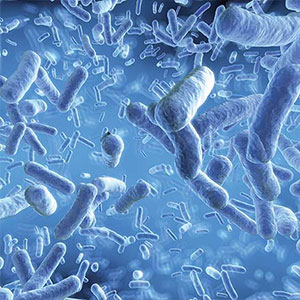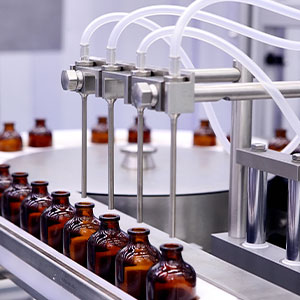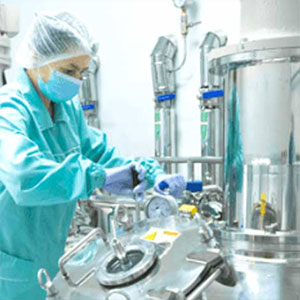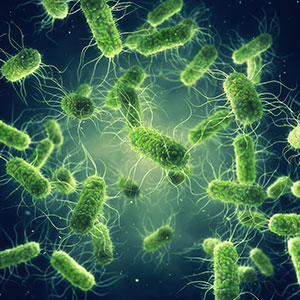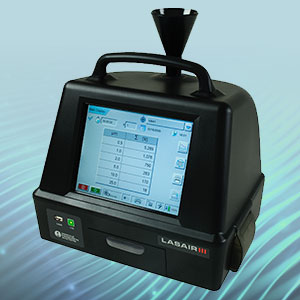Microbial Monitoring of Compressed Gas is recommended by cGMP standards.
Compressed gases, such as nitrogen, carbon dioxide, and oxygen, are used for a variety of applications in pharmaceutical manufacturing. These applications, such as aseptic packaging, purging, and filtration, are critical processes monitored for their efficacy. To avoid sampling compressed gases, it has been speculated by some manufacturers that the rapid decompression of a gas when exiting its container kills any microbial contamination. However, it has been shown by multiple studies that microbial survival is not impacted by the typical compression or decompression seen in pharmaceutical process gases.
GMP standards recommend sampling process gases for contamination before use in critical areas of manufacturing. This step, along with many others that make up a contamination control strategy, contribute to the purity and quality of the final product.
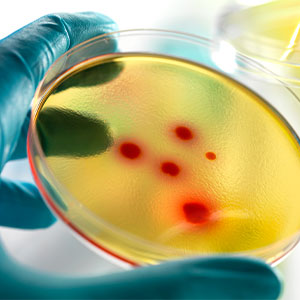
The quality attributes of manufactured pharmaceutical products include the physical, chemical, and microbiological characteristics of the raw materials, excipients, active pharmaceutical ingredients (APIs), and final drug products. Here, absence of microbiological contamination is critical because it can dramatically impact a drug’s safety. As a result, the cleanliness of compressed gases, which often come into contact with pharmaceutical products, is also critical.
Microbial Monitoring of Compressed Gas Regulatory Requirements
The latest Annex 1, Manufacture of Sterile Medicinal Products, introduced the concept of a “contamination control strategy” which limits particulate and microbial contamination and promotes process understanding. A manufacturer’s contamination control strategy must demonstrate:
- A thorough understanding of potential sources of contamination.
- Regular trend analysis is performed, ensuring appropriate critical quality attributes of high-risk utilities.
- Gases and other high-risk utilities that come in direct contact with the product or primary container are of appropriate chemical, particulate and microbial quality.
Learn more… Complete the form to download the full paper.

